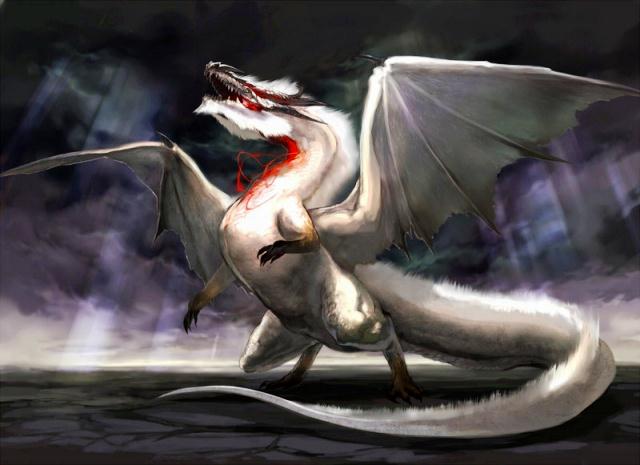Lifting is like Monster Hunter, not Pokemon
This post is a thought I’ve had rattling around in my head
for a while now, and I thought that writing it down would help me in really
fleshing out my thoughts on this matter. This will be something of a mish-mash
of lifting and video games, so bear with me here.
The anecdotal observation from many people in the lifting
community is that analytical, science-focused, “nerdy” types, tend not to
experience the same success in lifting as those who fit the “dumb jock”
stereotype.
 |
| Do you think this guy spends hours arguing about the most effective training split? |
First, we have to look at the way “nerdy” types tend to
think. Speaking as a maths nerd myself, I think I can offer some insights into
the way we tend to think. “But everyone is different; you can’t possibly lump
everyone into the same bucket!” Yeah, sure, but I’m talking about averages here, and I definitely feel
that my analysis will be true for the average of “nerdy” people.
Right, with that said, I think it is a fairly safe assumption that “nerdy” types tend to like video games. For the purposes of this argument, I’m going to divide video games into two broad categories: “Pokemon” and “Monster Hunter”. Now, I love both games, but there is a fundamental difference in where the skill of these games takes place.
“Pokemon” games are games in which the majority of the skill
takes place in the planning and preparation stage. They may involve lots of
damage calculations, careful considerations of the meta, and team planning. The
actual execution of the plan is something of an afterthought. Sure, there may
be some decisions to be made during the execution stage, but there is little to
no demand on one’s mechanical skill (as in, physically pressing buttons at the
right times).
 |
| Well, maybe Magikarp can be the moral victor, right? |
To illustrate this concept, imagine a player who is brand new
to Pokemon. If someone else hands them a team of level 100 legendaries, and
asks them to wander around in the grass in Viridian Forest (or any low-level
area), they’re going to absolutely crush any Pokemon they come across, because
their team is so powerful due to previous levelling up, moveset, etc. Even though
the person playing has no idea of how to play the game, they can quite easily
experience success due to the “planning” being done for them.
Don’t get me wrong, I know that Pokemon (and other games in
this category) require just as much skill as any other game, but they don’t
require as much skill “in the moment”.
“Monster Hunter” games, on the other hand, have the vast
majority of their skill requirements contained within the gameplay itself. To
get good at MH, one must learn to use their weapon of choice, and practice
against a monster to learn its movements and attacks. Learning when it is safe
to attack a monster and when it isn’t is a major
part of MH, and that kind of experience can only really be gained through
actually playing the game. Take a person who has never played an entry in the
series, equip them with solid (or even overpowered) gear, and see them get destroyed by a Tigrex. In contrast, a MH
player with hundreds/thousands of hours under their belt can easily defeat a
monster using underpowered gear.
 |
| It's not like armour matters when every hit is a one-hit kill regardless. Also: What is this thing, anyway? |
Anyway, the point I’m trying to make here is that I believe
lifting is far more like Monster Hunter than it is like Pokemon. You can have
the most “perfect” lifting plan, that has been optimised to hit all body parts
with the ideal balance between intensity, volume, frequency etc., but this plan
will only work if you stick to it, and give 100% effort. If you half-ass all
your sets, stop lifting when it gets tough, take obnoxiously long rest times,
or fail to eat to support your goals, you can quite easily be outdone by the “dumb”
guy who just shows up and lifts, but puts a great deal of effort into it.
Don’t get me wrong, I like plans. I get exasperated by people
who take well-regarded lifting plans and make so many modifications that it
becomes the lifting equivalent of Frankenstein’s monster. But I also see so
many people who adamantly proclaim that their favourite program is the “one
true way”, and the superiority of 3 sets of 5 as opposed to 5 sets of 5, etc…
The key to success in lifting is simple:
1. Pick a program
2. Follow it
3. Push yourself harder than you want to
4. Eat and sleep
Comments
Post a Comment